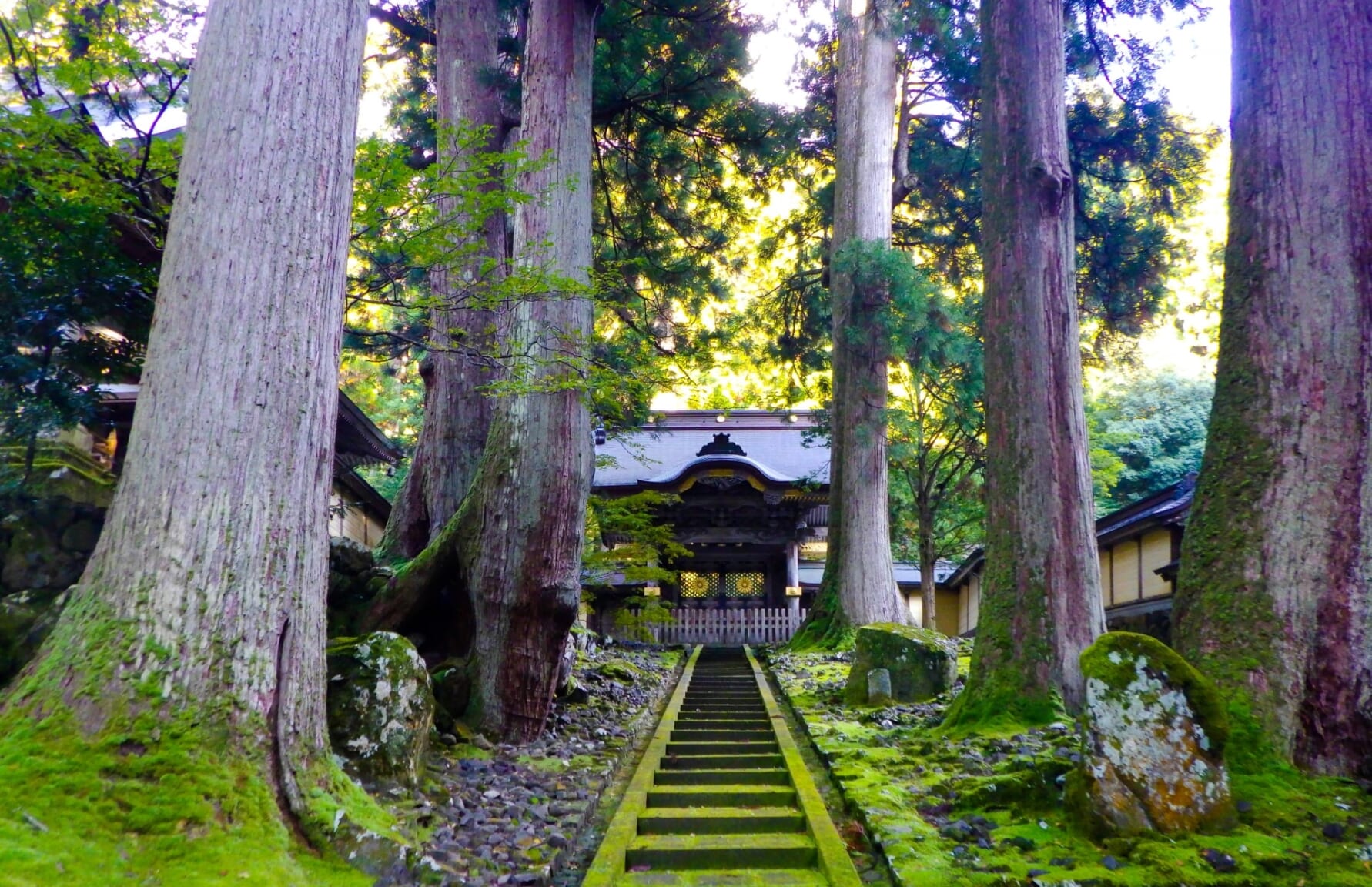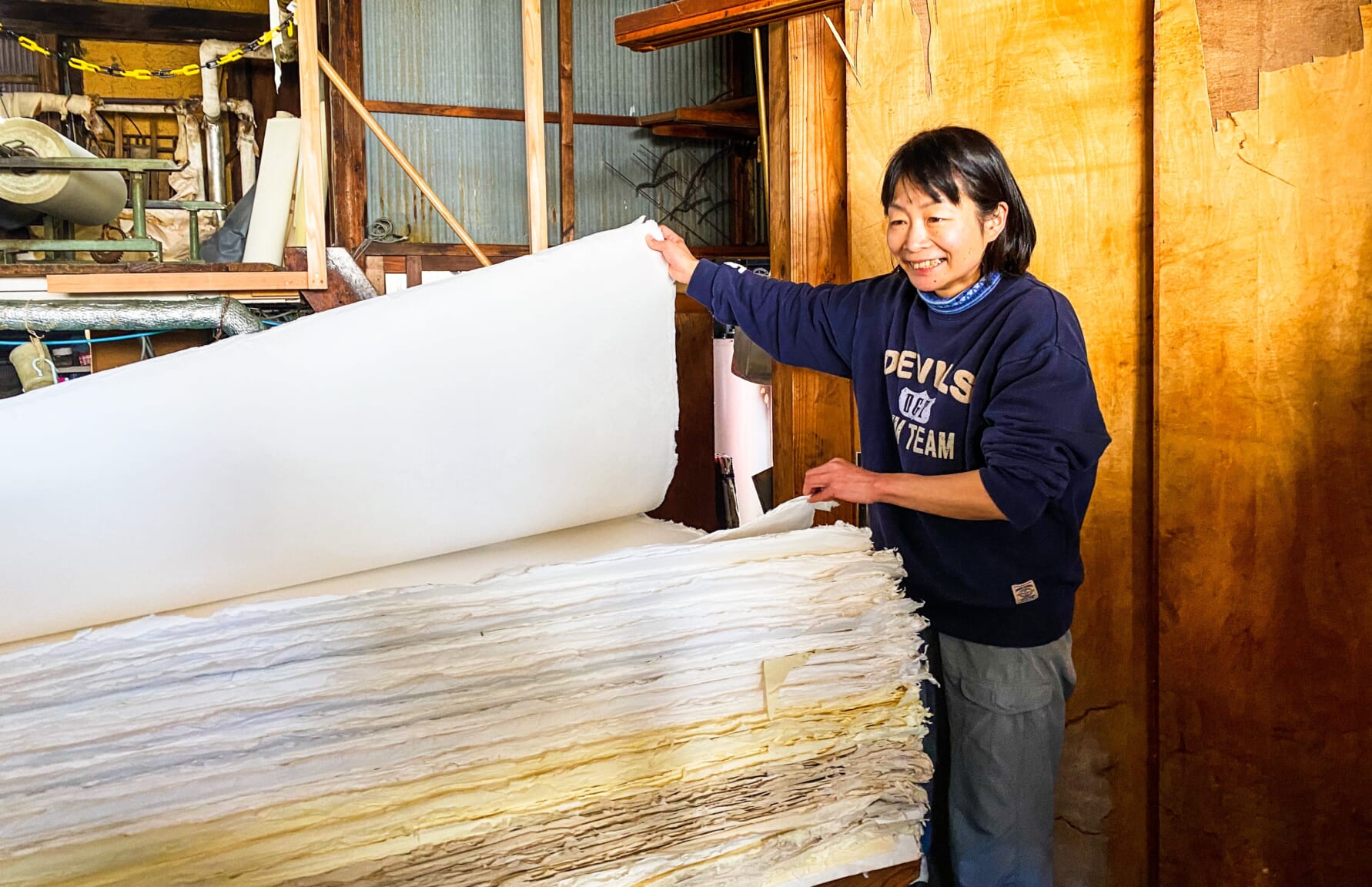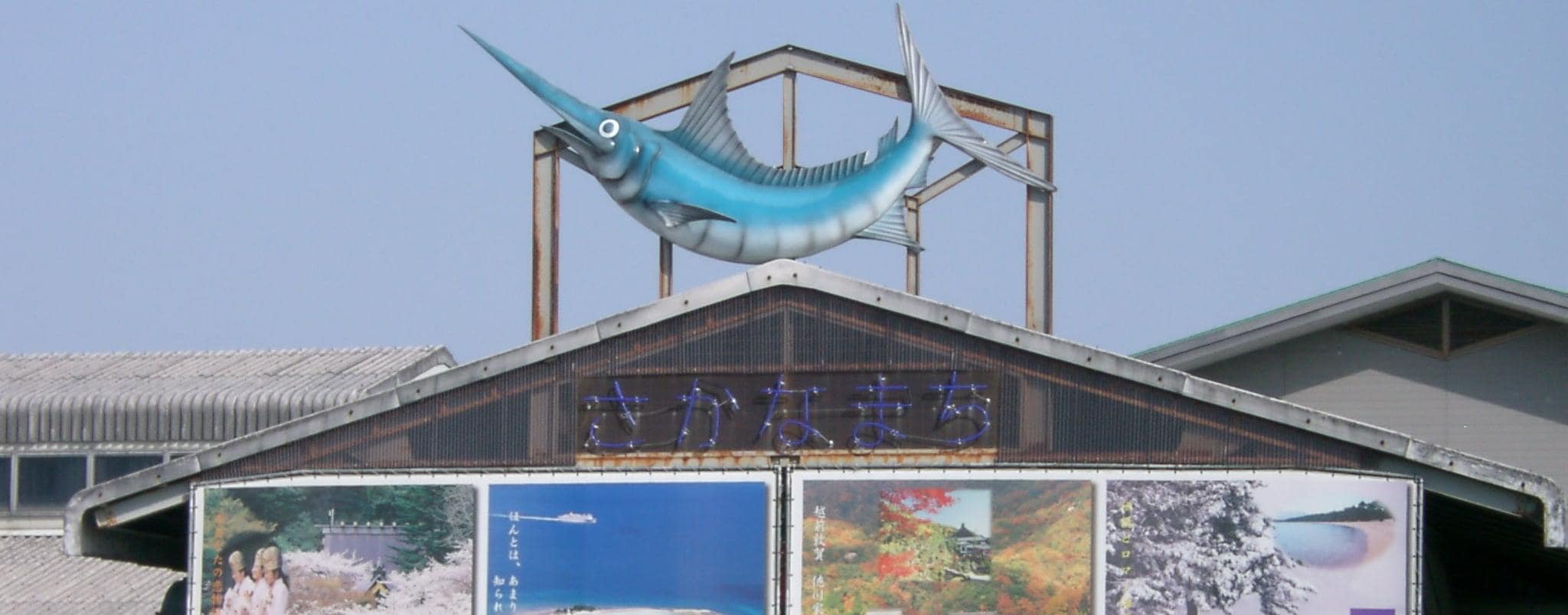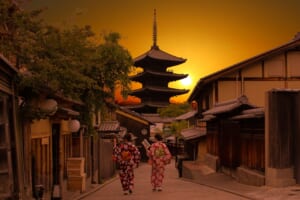13 Best Things to Do in Fukui
Fukui Travel Guide: What to Do in Fukui Now

Fukui Prefecture – a hidden gem on Japan’s west coast that’s often overshadowed by the bustling metropolis of Tokyo and the temples of Kyoto. But don’t let that fool you – this place is nothing short of magical. With its rugged mountains, sparkling sea, and rich cultural heritage, Fukui offers a unique experience that you won’t find anywhere else.
Visit ancient temples, marvel at the unique landscape while enjoying an onsen stay, or have fun at the country’s largest dinosaur museum. Whatever your interest, Fukui has it all. And better yet, access to Fukui Prefecture will be even easier as the Hokuriku Shinkansen will be extended until Fukui from March 2024! So here is a selection of the best things to do in Fukui so you can embark on an adventure through this enchanting prefecture and discover the beauty of Japan off the beaten path!
With this Chubu Region Bucket List, let’s also check out the surrounding tourist attractions: Best Things to Do in Chubu
1. Marvel at Tojinbo Cliffs’ Rock Formations

The sheer stone cliffs rise up to 30 meters above the Sea of Japan and stretch about one kilometer along the shoreline, creating a unique landscape. You can take a leisurely stroll along the cliffs and take in the breathtaking views, or take a thrilling boat ride to see the cliffs from a different perspective.
 Access Access |
20-min bus from Mikuniminato Station |
|---|---|
 Official Website Official Website |
https://enjoy.pref.fukui.lg.jp/en/spot/spot-1/ |
2. Find Inner Peace at Eiheiji Temple

Eiheiji Temple also offers visitors the opportunity to experience the daily life of the temple’s monks through their one-night stay program. During their stay, guests can participate in meditation, chanting, and other Zen practices, providing a unique and immersive cultural experience.
 Access Access |
13-min bus from Eiheijiguchi Station |
|---|---|
 Official Website Official Website |
https://daihonzan-eiheiji.com/en/ |
3. Admire the Beauty of Lake Kuzuryu

The lake is famous for its cherry blossom trees, which bloom in late March and April, creating a beautiful pink hue on the usually emerald-green waters. In late October and November, the lake transforms into a canvas of reds and oranges as the maple trees change colors, and their reflections shimmer on the calm surface of the water.
 Access Access |
15-min drive from Kuzuryuko Station |
|---|---|
 Official Website Official Website |
https://enjoy.pref.fukui.lg.jp/en/spot/spot-35/ |
4. Be Inspired by the Creativity of Washi Paper With Unlikely Ingredients

But with a shortage of raw materials, particularly kozo (mulberry bark), Igarashi Seishi has introduced Food Paper. Made from discarded fruits and vegetables. This paper has a distinct texture unlike any other regular paper or Japanese washi. This idea came from the founder’s son, who turned an elementary school project into reality after five years of hard work. Visiting their workshop and seeing for yourself the skillful work of these artisans, to be blown away by the innovation of a traditional Japanese paper manufacturer!
 Access Access |
20-min drive from Takefu Station |
|---|---|
 Official Website Official Website |
https://foodpaper.jp/index.html |
5. Get a Hands-On Experience With Echizen Washi Paper Crafts

Moreover, papermakers at Ryozo have created a rare kind of washi called kanagata rakusui-shi, which involves pressing a pattern onto a wet sheet of paper using a metal mold and pouring water over the mold to transfer the pattern onto the paper.
6. Pray to the Paper Goddess at Okamoto Otaki Shrine

The Okamoto-Otaki Shrine can be found in two locations – one at the base and the other towards the mountain’s summit. Its mention in the Engishiki – a book of laws and customs – written in 927 is proof of its significance. In 1984, the shrine was designated an Important Cultural Property for its history and unique architecture.
 Access Access |
18-min drive from Takefu Station |
|---|---|
 Official Website Official Website |
https://www.jinja-fukui.jp/detail/index.php |
7. Admire one of the Few Original Castles Left in Japan at Maruoka Castle

Visitors can explore the castle’s various rooms and exhibits, including the castle museum, which features artifacts and displays that showcase the history of Maruoka Castle and its surrounding area. Maruoka Castle is also known for its beautiful cherry blossom trees, which bloom in the spring and attract visitors from all over Japan.
8. Connect With Your Inner Child at Fukui Prefectural Dinosaur Museum

With over 40,000 square meters of exhibit space, the museum features a wide variety of dinosaur fossils, including some of the most impressive complete dinosaur skeletons. The complex also includes one of the leading dinosaur research sites in Asia, and visitors can also participate in a tour of a nearby excavation site, about 30 minutes by bus from the museum.
 Access Access |
15-min bus from Katsuyama Station |
|---|---|
 Official Website Official Website |
https://www.dinosaur.pref.fukui.jp/en/ |
9. Explore the Mikata Five Lakes

A variety of depths and water types allow for an incredible landscape diversity, where depending on the seasons, even different colors can be spotted across the five lakes, earning the nickname among locals of the “Five-Color Lakes”. For the best views of the Five Lakes, follow the Rainbow Line toll road until the Mountain Peak Park, which can also be reachable by lift and cable car.
 Access Access |
Access from Mikata, Kiyama or Mihama Station |
|---|---|
 Official Website Official Website |
http://www.mikatagoko.com/eng/ |
10. Learn About Local History at Ichijodani Asakura Clan Ruins

Parts of the town have been restored, including the remains of homes, temples, and other structures, so this location is a great opportunity to have an immersive cultural experience about what daily life was like for the people who lived in the castle town during that period. Recently, a new museum opened in the area for visitors to learn more about the history of Ichijodani and the Asakura Clan.
 Access Access |
11-min bus from Ichijodani Station |
|---|---|
 Official Website Official Website |
http://fukuisan.jp/en/asakura/index.html |
11. Have Endless Fun at Shibamasa World

Shibamasa World (芝政ワールド) is an amusement park that is a very popular leisure destination located on the northern coast of Fukui in Japan. The park is spread over 150,000 square meters filled with exciting attractions.
The park offers a range of amusement park rides, including a roller coaster, go-karts, and bumper cars, and one of the main highlights, a giant pool with one of the world’s largest water slides, motorboat cruises, and archery. Shibamasa World’s Kids Paradise offers a kid-friendly climbing wall, mazes, and a collection of creative toys from around the world. The park also hosts events, including fireworks shows and character shows.
 Access Access |
10-min drive from Awara-Yunomachi Station. Special bus available from Awara Onsen Station during summer. |
|---|---|
 Official Website Official Website |
http://www.shibamasa.com/lang/en/ |
12. Try Local Specialties at Sea of Japan Fish Market

Sea of Japan Fish Market or Nihonkai Sakana Machi (日本海さかな街), located in Tsuruga City, is a must-visit destination for seafood lovers. Since 1994, this is the largest fish market that can be found along the coast of the Sea of Japan.
The market features a wide variety of freshly caught fish and seafood across its more than 50 shops, where visitors can enjoy all sorts of delicacies and special dishes at the market’s various restaurants and food stalls, both for eating in and take out, besides buying fresh seafood to their heart’s content.
13. Recharge Yourself at Awara Onsen

Awara Onsen is also known for its delicious local cuisine, with a range of restaurants and food stalls serving up Echizen regional specialties like crab and seafood. Even if you do not stay the night at one of its resorts, Awara Onsen is a great option for a day trip just to relax and recharge your batteries.
My Top Picks From This Bucket List
It’s not that I want to give in to the cliche but particularly for first-time visitors, it’s only appropriate to check what the prefecture is most famous for in the first place. That’s right: dinosaurs! Forget you’re an adult the moment you enter the prefectural museum and give in to the sense of wonder, it’s a really fun place I promise!
If the great majestic creatures from the past are not really your thing, then your next best bet is to engage in regional washi paper crafts with a 3×1 offer: Igarashi Seishi, Yanase Ryozo, and Okamoto Otaki Shrine are quite close to one another!
Fukui may not be the most popular tourist destination in Japan, but it’s definitely worth a visit. From exploring its rich history and culture to enjoying the natural scenery and thrilling amusement parks, Fukui has something for everyone. So, pack your bags and head to Fukui for an unforgettable adventure!
▽Here are the attractions you should experience across Japan with this Japan Bucket List!▽
▽Check out more things to do in Chubu Region!▽
▶︎Best Things to Do in Ishikawa
▶︎Best Things to Do in Niigata
▶︎Best Things to Do in Yamanashi
▶︎Best Things to Do in Shizuoka
▽Subscribe to our free news magazine!▽
For more information about traveling in Japan, check these articles below, too!
▽Related Articles▽
▼Editor’s Picks▼
Written by
Photographer, journalist, and avid urban cyclist, making sense of Japan since 2017. I was born in Caracas and lived for 14 years in Barcelona before moving to Tokyo. Currently working towards my goal of visiting every prefecture in Japan, I hope to share with readers the everlasting joy of discovery and the neverending urge to keep exploring.














